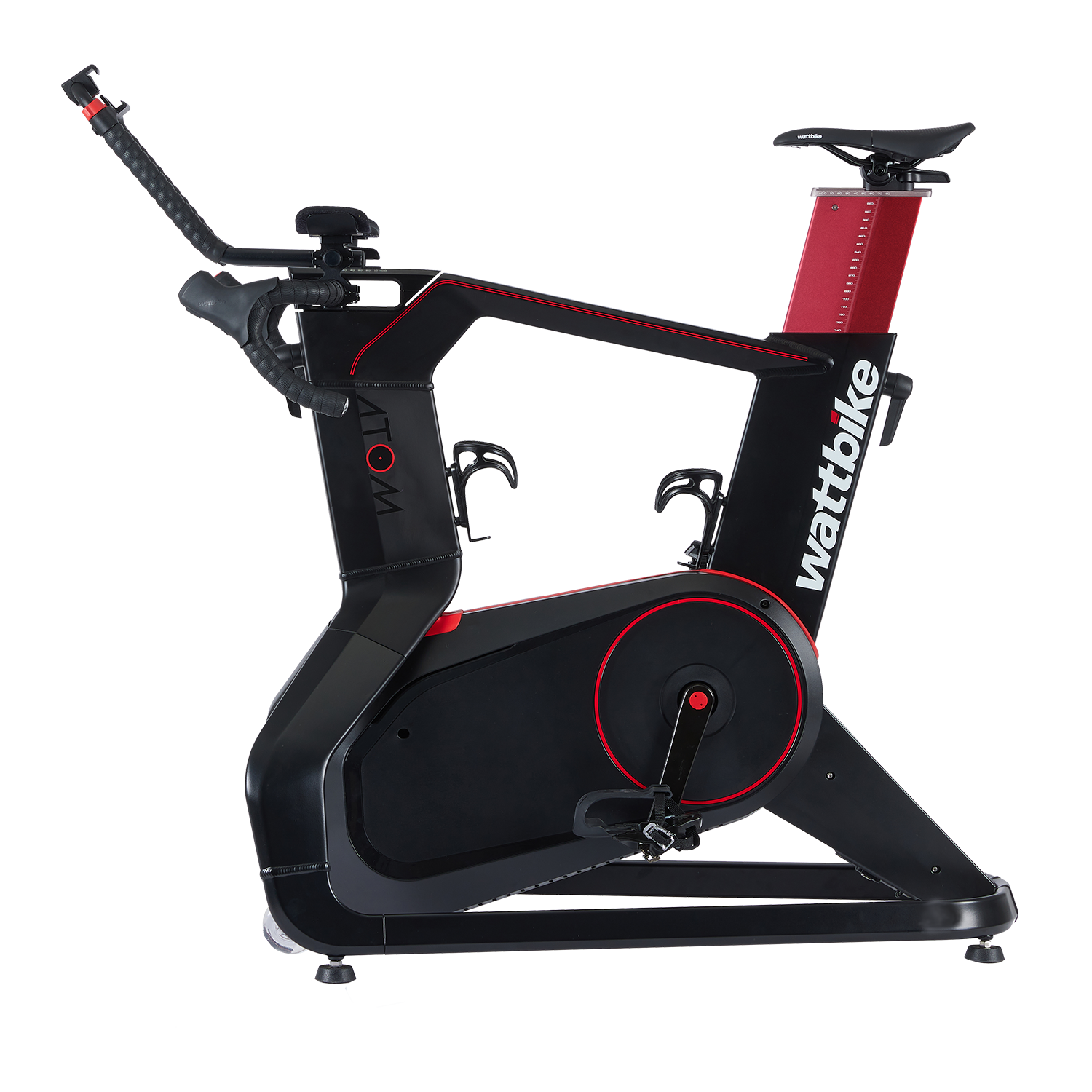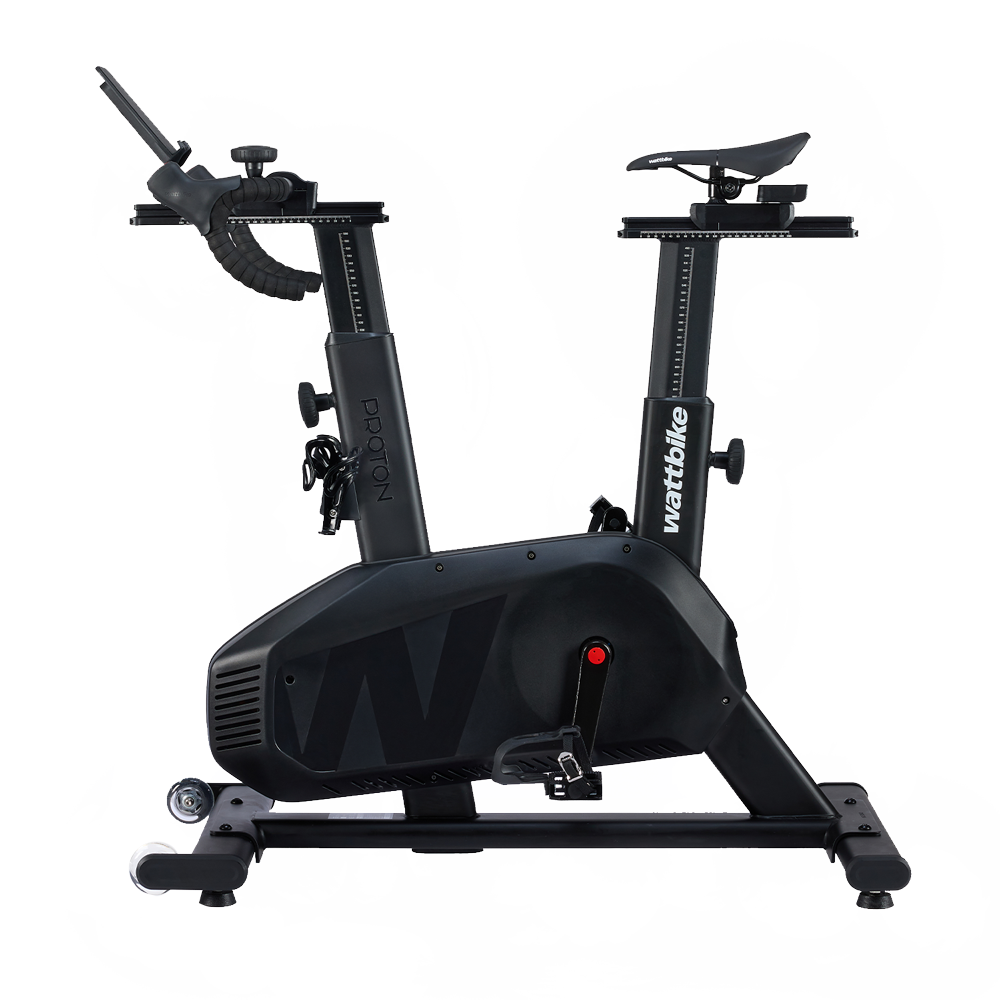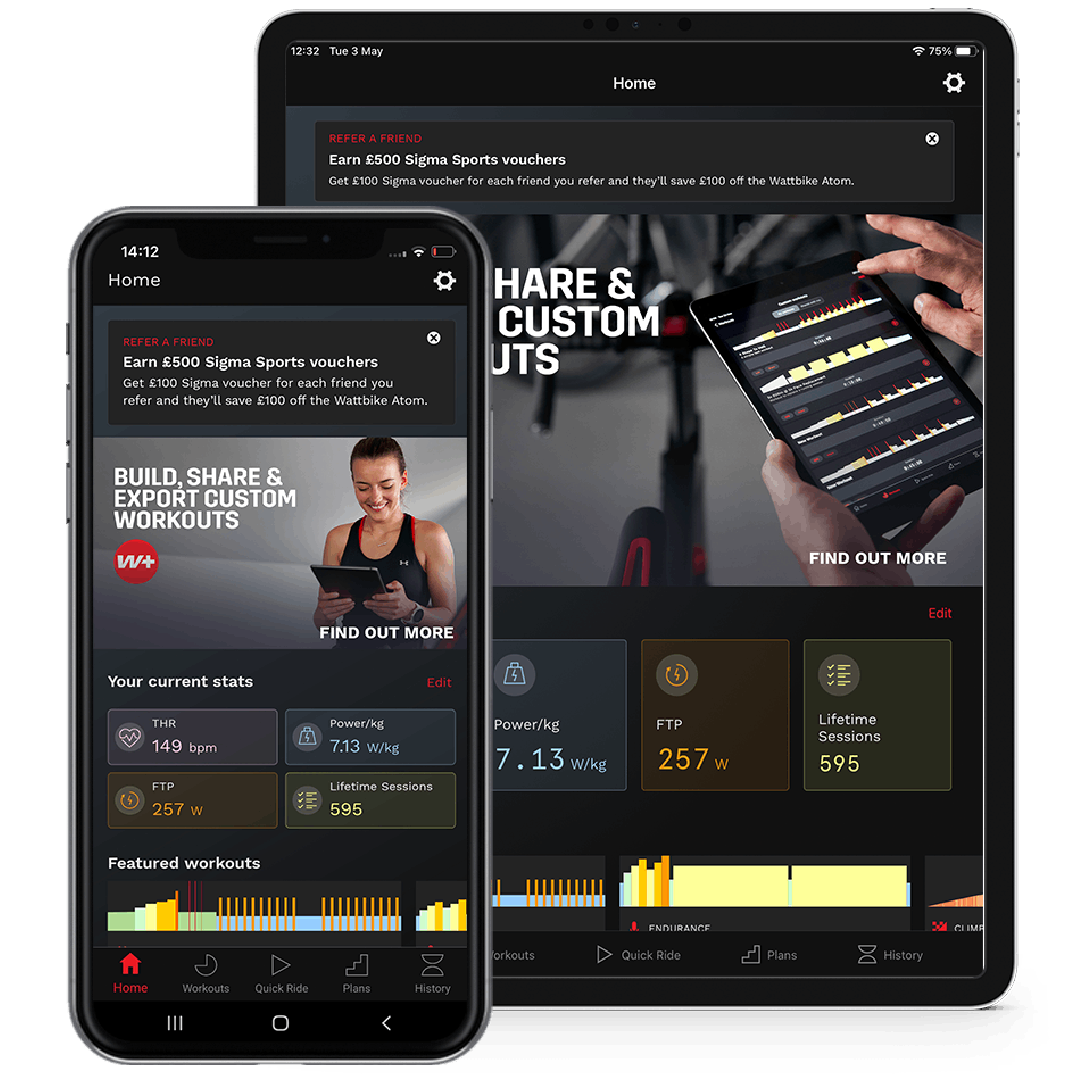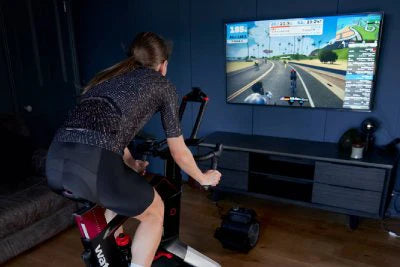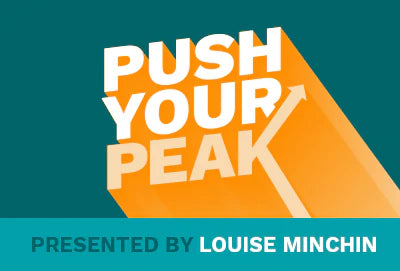Your Cart is Empty
shop
training & apps
support & services
news & information
Everything You Need For Your First Wattbike Ride
December 08, 2021 1 min read
From unboxing your Wattbike Atom to your first session on the Wattbike Hub, here’s our handy checklist to get you started with your smart bike.
5 Essentials For Your First Wattbike Ride
Here are 5 essentials you'll need to get the most out of the first ride on your smart bike.
1. Plug socket
- You’ll need power for your Wattbike Atom, so make sure you place your bike close to a power outlet. Please only use the original charger supplied with the bike.
2. Smart device
- You will need a smart device to connect your bike to the Wattbike Hub. The Wattbike Hub app is compatible with a phone or tablet.
3. Wifi
-
You’ll need wifi to download the Wattbike Hub from the App store or Google Play onto your smart device. But once its downloaded, you can ride without a connection.
-
Open the Wattbike Hub app and sign up / log in
4. Bluetooth
-
Enable Bluetooth on your device and connect the Wattbike Hub to your Wattbike Atom
-
Tap ‘Quick Ride’ on the home screen of the Wattbike Hub then tap the top right corner and select your Atom ID from the list
5. Heart Rate Monitor
-
You don’t need a heart rate monitorto use the Wattbike Atom, but we really recommend it to get the most insightful workout data.
-
Connect your HR monitor by tapping the HR sensor (heart) in the top right corner and select your device. The HR icon will turn green for a successful connection.
Also in Training

Train Smarter: How Cross-Training with the Wattbike Can Boost Your Performance
August 11, 2025 2 min read
Read More
Train Like a Pro: Conquer L'Étape du Tour with Wattbike
July 03, 2025 3 min read
Every summer, thousands of amateur cyclists from around the world gather in the French Alps to test themselves on one of the most legendary challenges in the sport of cycling - L’Étape du Tour. It’s not just a sportive. It’s a chance to ride a full mountain stage of the Tour de France, on the same roads, with full support, just like the pros.
Conquering the climbs, altitude, and intensity of L’Étape requires focused, structured training and that's exactly where the Wattbike comes in.

Cycling Warm-Ups: The Top 10 Exercises to Do Before Your Indoor Exercise Bike Ride
March 10, 2025 3 min read
Read MoreGet the latest!
News, training tips, offers and more, straight to your inbox.



